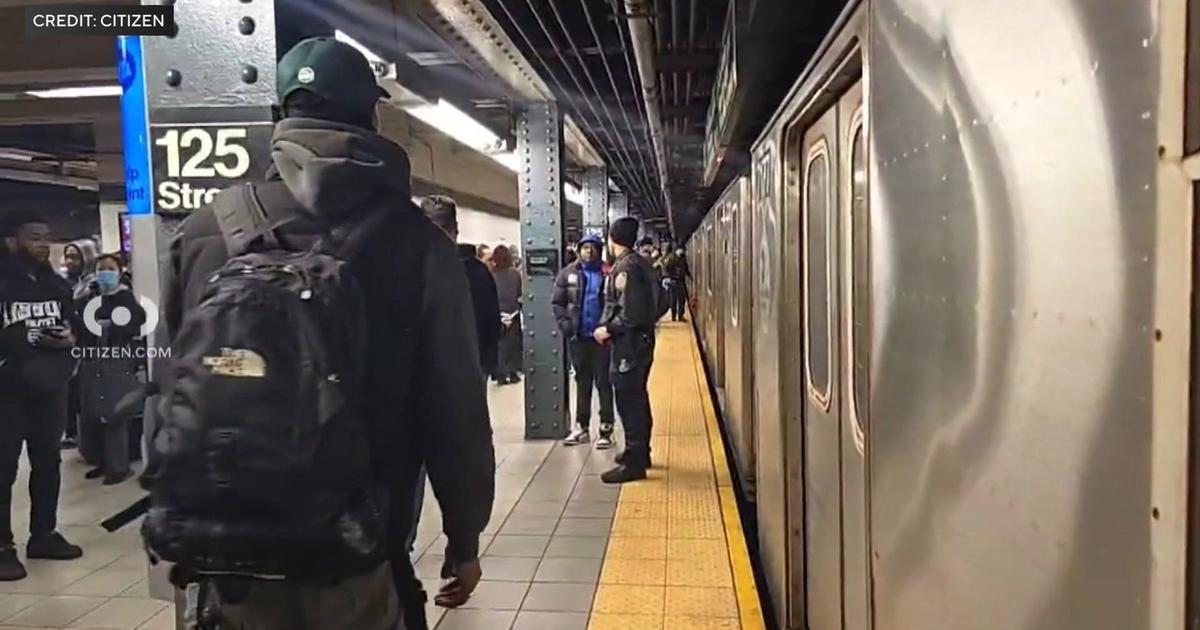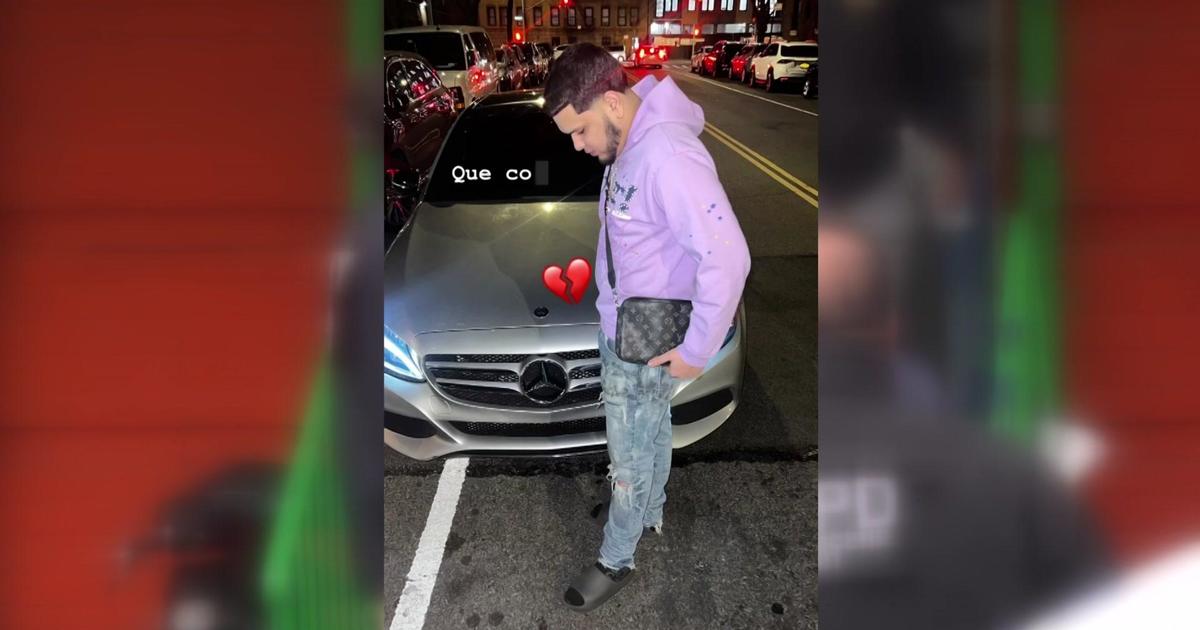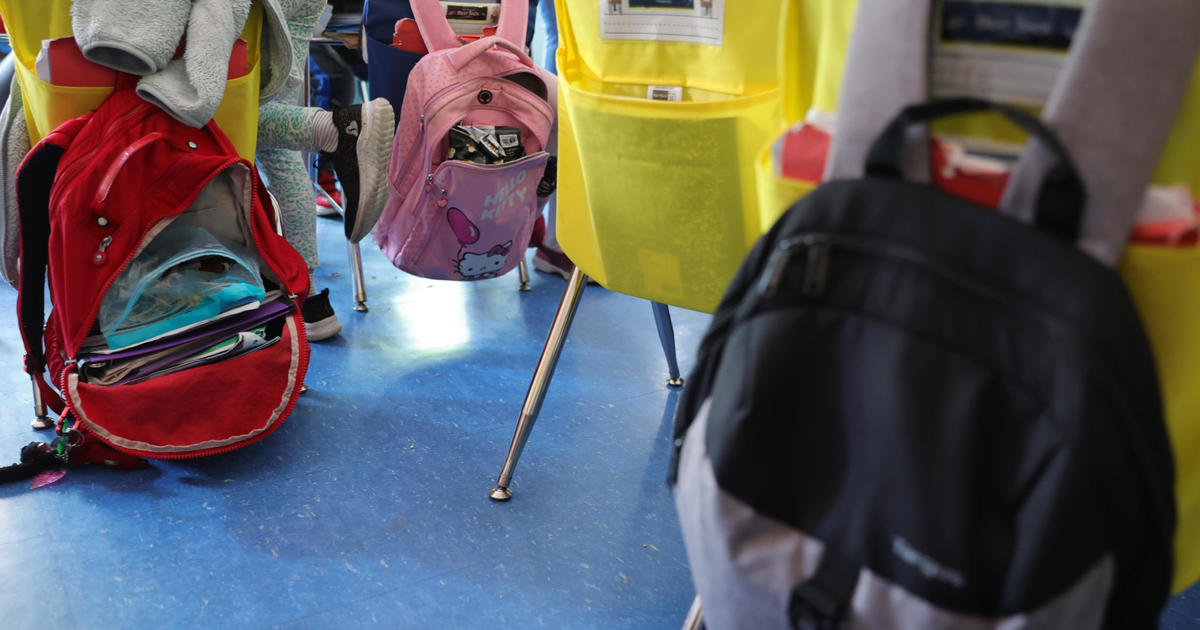Seen At 11: Straphangers Learn To Move On After Brushes With Death
NEW YORK (CBSNewYork) -- More than 5 million rides are taken on the city's subways every day, and while most are uneventful, some are absolutely terrifying and life-changing.
Three riders talked with CBS 2's Kristine Johnson about their brushes with death on the subway.
Jered Harvey was thrown onto the subway tracks -- and lived to tell about it.
"Even when I was on the tracks, I never really had a moment of panic and freaking out," he said.
In September, Harvey saw a woman being harassed on the platform. He intervened and ended up being beaten and pushed onto the tracks.
Harvey's knee was badly banged up, but he managed to pull himself to safety.
"I looked around, and I saw there were some areas that would be safe for me to sort of crawl into," Harvey said.
"Even when I was on the tracks, I never really had a moment of panic and freaking out," he added.
As CBS 2's Johnson reported, most subway trips are happily uneventful, but when a straphanger has a brush with death it can be terrifying and life-changing not only for the victim, but also everyone around.
According to the Metropolitan Transportation Authority, 141 people were struck by trains in 2012. More than one-third of them died.
Jeff Golub, an accomplished jazz guitarist who suffers from a visual impairment, is among the fortunate survivors.
In September 2012, he mistakenly thought his train had pulled into the station, but it was the train on the opposite platform. When he stepped, he fell onto the tracks.
"I had to get myself back on the platform," he said. "I didn't have time for anyone to help me."
The train arrived only seconds later, catching Golub's leg.
"It dragged me about, I don't know, 10 feet or so," he said.
Both Harvey and Golub's physical injuries have healed and emotional scars have faded, but that took time.
Dr. Drew Ramsey, a New York City psychiatrist, said it takes the brain time to readjust to confronting everyday activities where danger lurks within an arm's reach.
"You will be standing next to a subway track, and your brain has to contend with that," Ramsey said. "How can you be so close to something that is so dangerous? But our brains are very, very good at that, and so people are to have a little bit of an adaptation period."
Harvey said he was shaky for a few days after his near-death experience. Golub found solace in his family and his music -- he titled his latest CD "Train Keeps Rolling."
Both still ride the subway.
So does Justin Bulova. He wasn't a victim, but an eyewitness to a girl being struck by a train.
"I'll never forget," Bulova said. "She was a very young girl -- blonde-haired girl wearing a light blue sweatshirt, and she was reaching up to the tracks, like almost to the platform, almost asking somebody for help."
The girl survived -- and so does Bulova's memory of the shocking incident.
"I can say for certain that it's something that will stick with me for as long as I live," he said.
While he did not fall or get pushed onto the track, Bulova, too, had to reconcile how to move on.
"You need to use it as a source to improve upon yourself and upon your environment," he said.
You May Also Be Interested In These Stories





